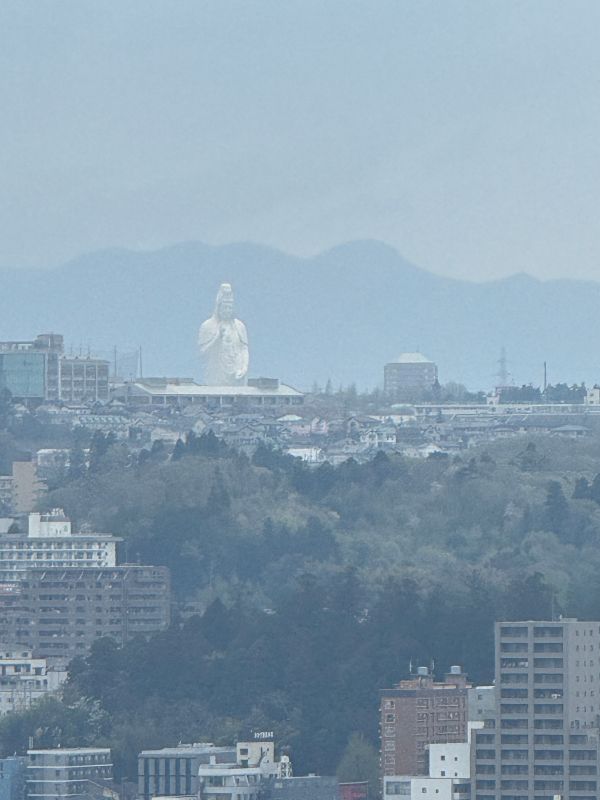Sendai
Poppin’ Around? Here are the Japan links: Overview | Tokyo | Kyoto | Sendai | Final Day
Sendai is in the north; it’s not the far north, and in fact it was closer by Shinkansen to Tokyo than Kyoto was to Tokyo. It has tourist attractions but it didn’t feel touristy. Sendai was near other things, including one of the musts: Tashirojima, aka cat island.
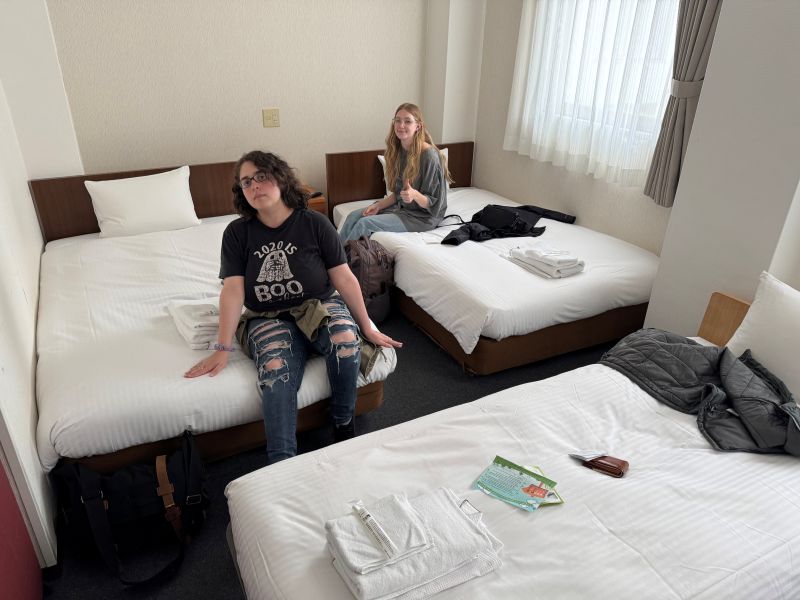
Tashirojima was a non-trivial effort to get to. First, we had to take a train to Ishinomaki, a small city about an hour north of Sendai, and then we had to board a ferry out to Tashirojima itself, another hour or so. The ferries operate on a schedule and the last ferry from Tashirojima was at 1530, and the island is not as small as one might surmise. We saw a lot of cats wandering around the semi-abandoned island, but we only spent about two hours there, and twice as much time getting there and back.
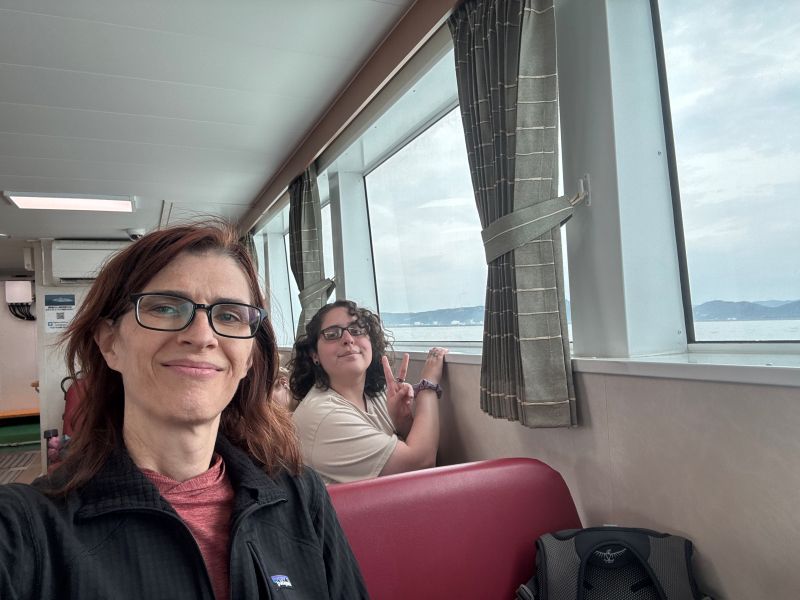
Tashirojima is one of several “cat islands” in Japan; it’s the one J&M knew of from social media, so it’s the one we picked. I was interested in the north in general, and from Sendai we were close to Matsuhima Bay, which is one of the “three views of Japan”, as well as several natural spring onsen facilities in the mountains.
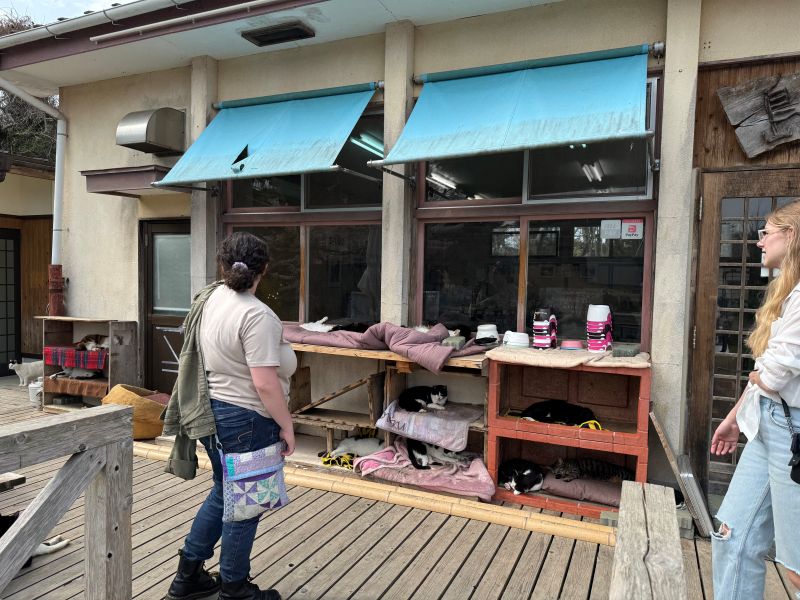
The night before, however, we had one of our best dinner experiences. You know in the food-travel shows, when the hosts find a small joint serving amazing food and no one there speaks English and the hosts don’t speak the native language? We had that. J had found a sushi joint in a basement near our hotel, essentially a long counter with half a dozen seats, a friendly hostess and two regulars who kept sharing and advising on what to try. It was incredibly fun.
The day after we went to Tashirojima, we repeated part of the trip in a shorter way, heading towards Matsushima, which was closer, and taking a boat tour of the bay, which is dotted with dozens of small islands adorned with trees and carved by the sea. The boat ride was only an hour, and afterwards we visited a local temple that was not as crowded as what we experienced in Tokyo and Kyoto; we had another sushi lunch (we were literally by the sea), and we took tea and sweets in an old tea house overlooking the bay. It was quite tranquil.
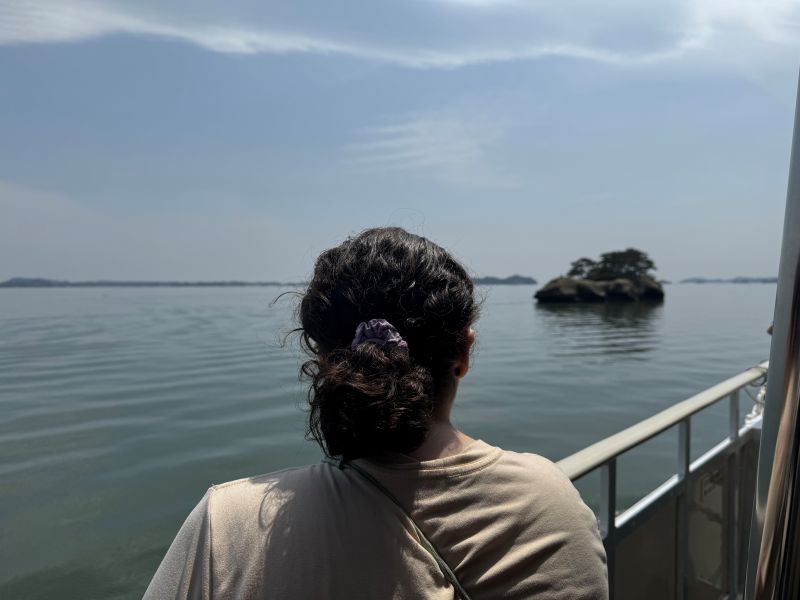
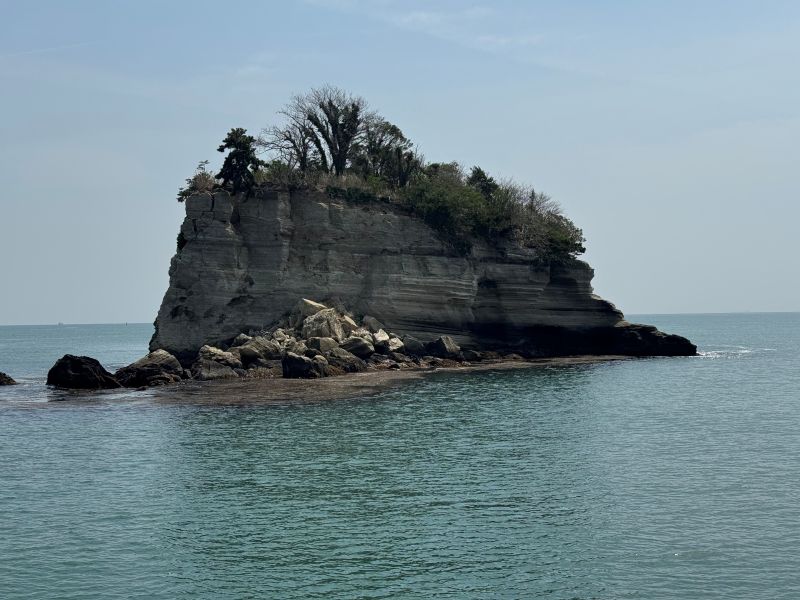
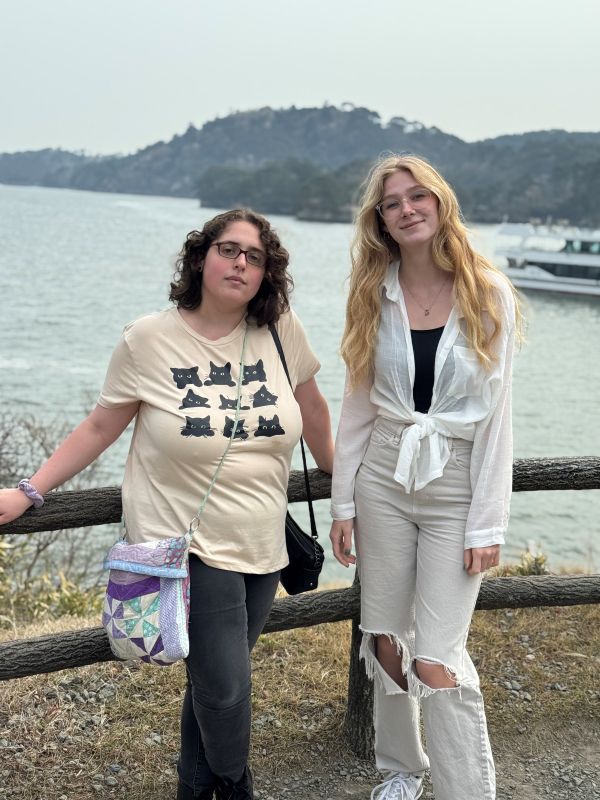
I visited a bar, Bar Andy, recommended in a travel book (score one for books over TikTok!). I tried three different Japanese whiskies including one flavored with Sakura (cherry blossom) and another described as an old temple and incense – it reminded me of a milder Ardberg. Walking back through a market on a Saturday night, we caught the youth of Sendai hanging about and saw a semblance of nightlife – it is a city of two million, after all.
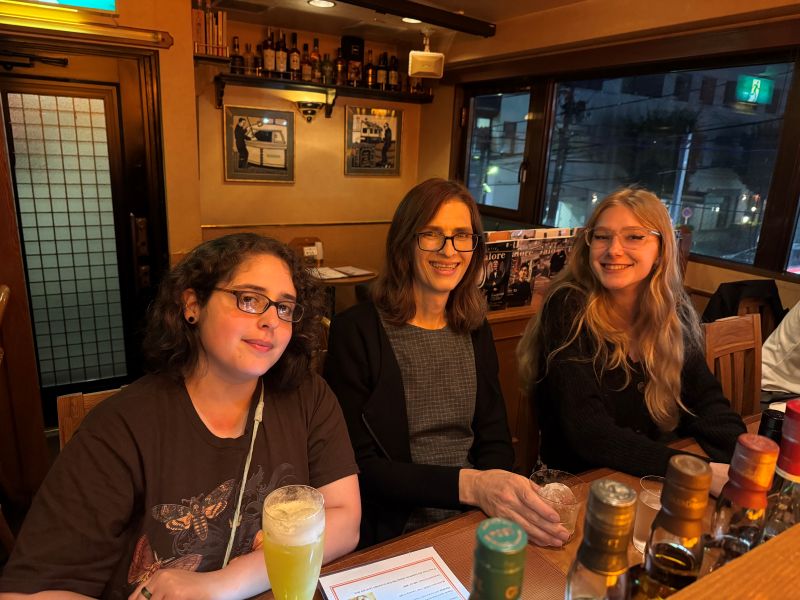
By this point in the trip, long-term fatigue was beginning to set in. Living out of a suitcase, finding our way around, and simply walking, was all beginning to take a toll. There is a point as well, on any vacation abroad, where one begins to feel less like a tourist and more like a foreigner; the novelty wears off, and the next phase of culture shock begins: if you’re going to stay much longer, you’ll need to switch to a different mode of living.
That said, the food was good. We stopped in a market near the station and tried different things.
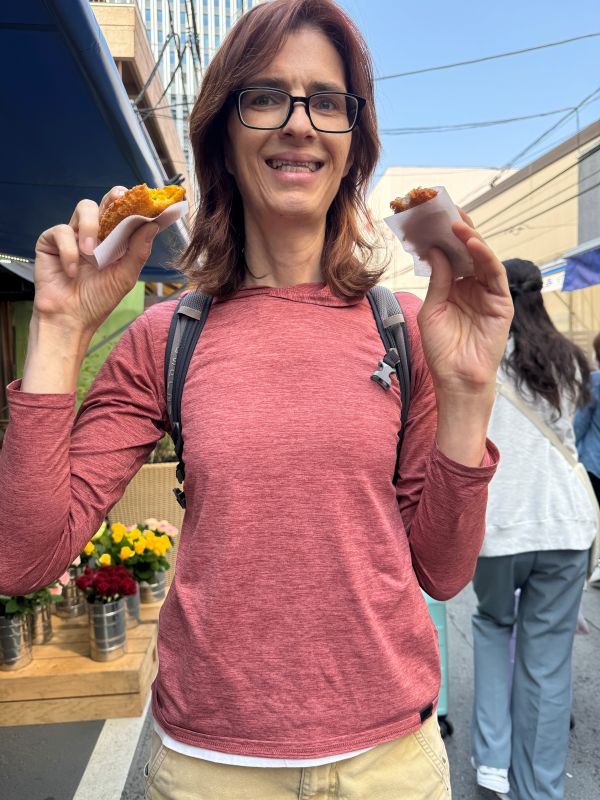
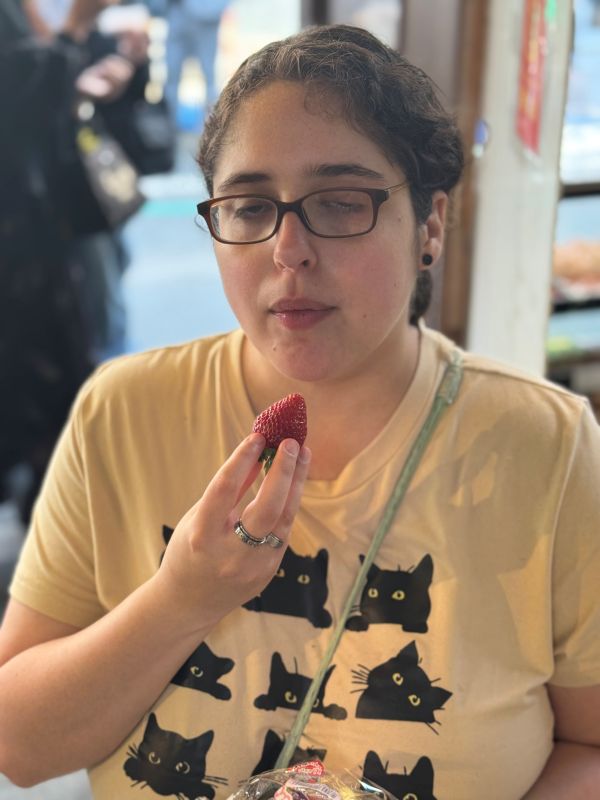
The next day, I rented a car. There was a Nissan rental place about a fifteen minute walk from the hotel. I’d obtained an international driver’s permit through AAA, paying a small fee to essentially get a multi-language copy of my information and its own photo. I rented a compact automatic with insurance and roadside assistance, half a day, for less than a hundred bucks. We drove about an hour west to Mount Zao, a sort of ski resort area with multiple natural spring onsen.
The onsen we were looking for was still closed for winter; with help from our translation apps, we were able to ask for other onsen that were open and OK with tattoos (tattoos still have a negative connotation in Japan, associated with the Yakuza, and most onsen do not allow people with tattoos). We took onsen, leaving our belongings in the changing area and entering only with small towels; soap and shower, then enjoying the warmth of natural hot springs.
We drove back, and while my companions opted to rest a bit at the hotel, I went for a walk in a nearby park, which turned out to be not far from what remains of Sendai castle.
The castle’s lower walls still stand but the structures were destroyed in the war. However, it’s a lovely view from up high of the city across the valley below, and a small museum uses an innovative way to show what used to be present.
It also wasn’t a bad hike, taking me through a small festival and lovely pathways winding up and back down. I learned Sendai is considered the city of trees (once you know it, you can’t help but see it) and is also considered the birthplace of figure skating in Japan, after a European taught local children how to skate on a frozen pond near the castle.
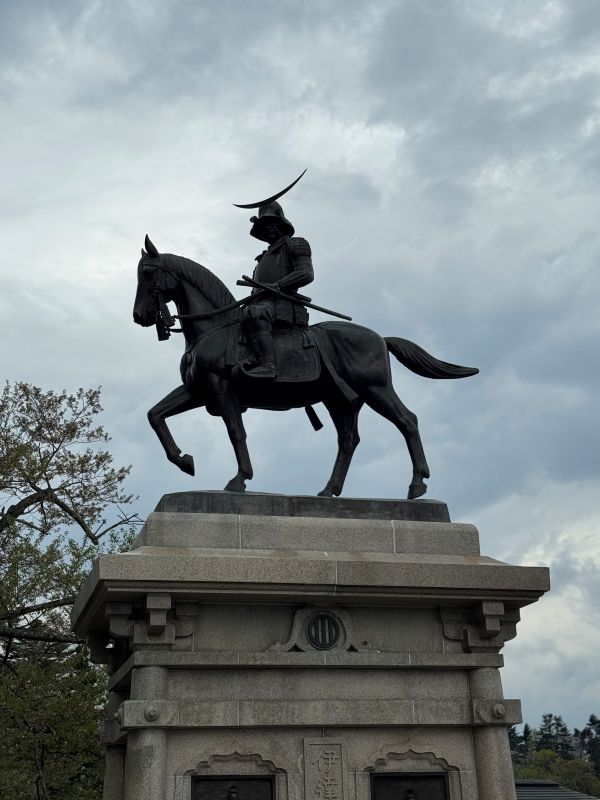
Day…Fourteen? The entire trip had blurred at this point. We took our luggage to the station to board our final Shinkansen back to Tokyo. It was the first time we didn’t forward our luggage, so we took a cab, and we made reservations (free) for our luggage.
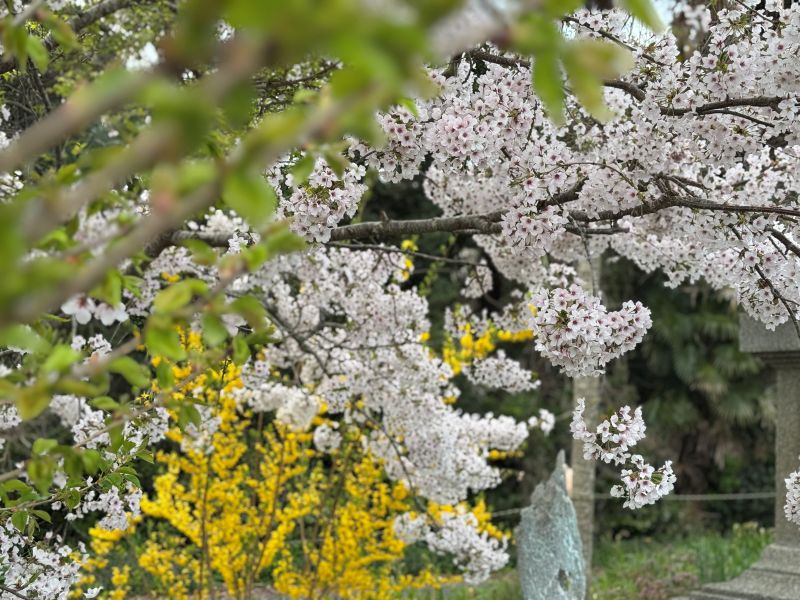
The final stage was set; we were ready to come home, after just one more thing.
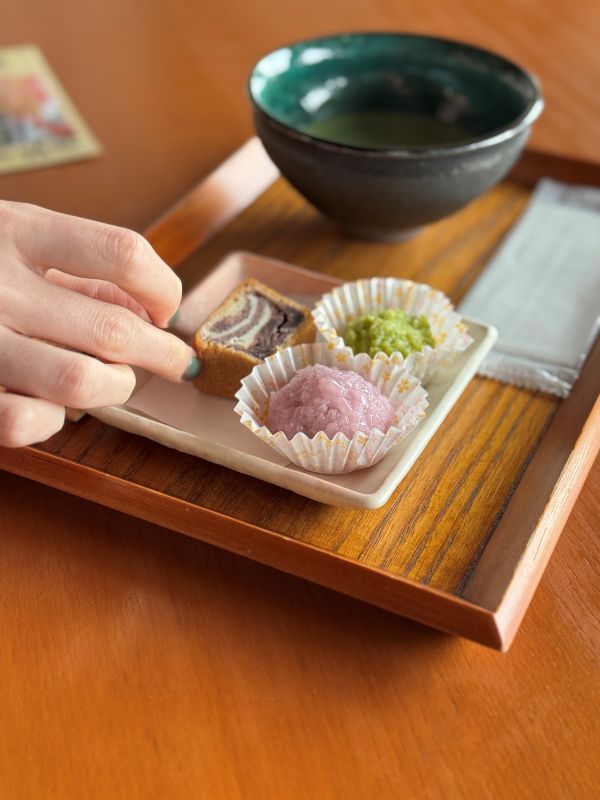
Poppin’ Around? Here are the Japan links: Overview | Tokyo | Kyoto | Sendai | Final Day
